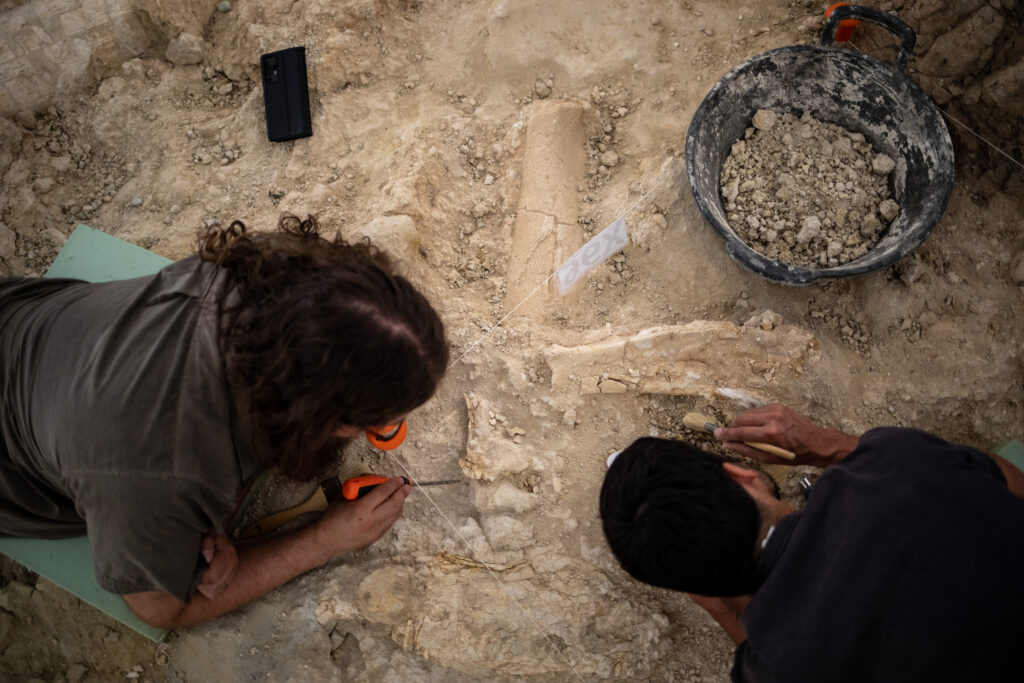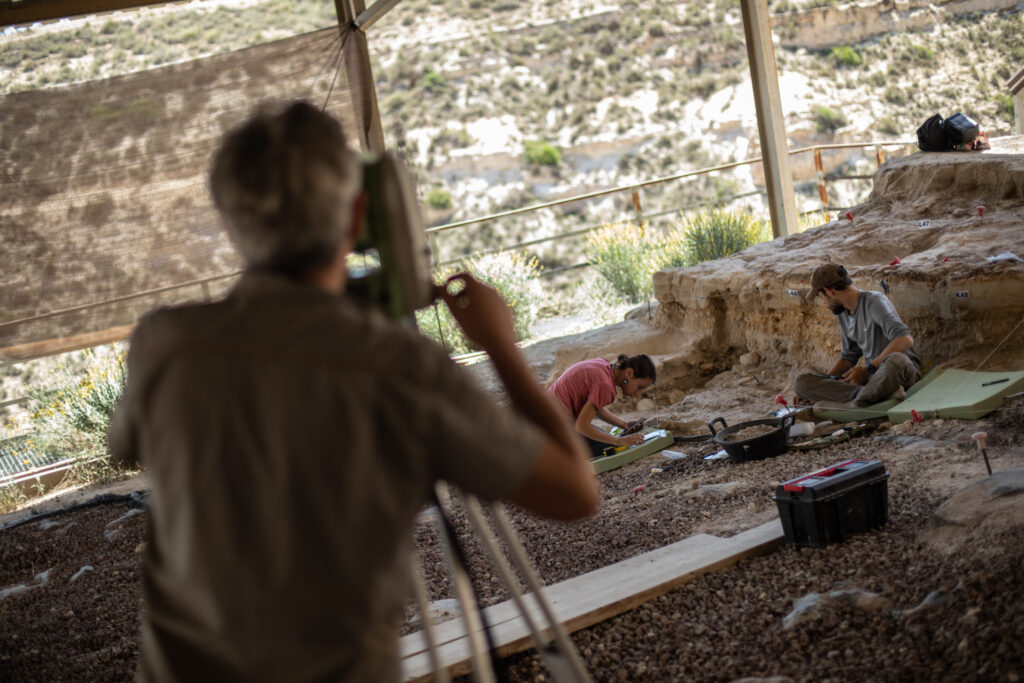The Project
The Guadix-Baza Basin (CGB) boasts one of the best Pleistocene archaeological and palaeontological records for understanding early human settlement and its ecological context in the westernmost part of Eurasia. Among these, the sites of Barranco León (BL) and Fuente Nueva 3 (FN3), located in the so-called “Cuenca de Orce” Archaeological Zone (Granada), stand out. These have been the focus of this research team's work in recent decades. Alongside these, other less studied sites, such as Solana del Zamborino (SZ), are fundamental to understanding the emergence of certain technologies, such as the use and control of fire. Despite the scientific advances made during this time in many areas, much research remains to be done: 1) how the sites were formed at the micro level; 2) what the vegetation was like and how it evolved in the CGB; 3) what were the ecological thresholds for human presence; 4) what were the specific biotic agents that acted on the faunal assemblages; 5) what is the chronology of SZ and what are the sociocultural implications of the technological changes that can be documented there.
To address these research challenges, we present an international and interdisciplinary scientific team with extensive experience working in the CGB and/or on topics directly related to the objectives presented in this application. This group combines experience and youth, as well as collaborative work and justified additions.
From a methodological point of view, it should be noted that techniques rarely used before in archaeological-palaeontological sites in the CGB will be employed, including those from micromorphology to reduce the scale of observation and unravel apparently invisible natural and anthropic phenomena, those specific to palynology to interpret vegetation cover, and virtual taphonomy and artificial intelligence to help reveal which biotic agents were responsible for the modifications observed in the fossil bones.
The ORCEpluSZ Project does not overlook its educational dimension. Apart from the results derived from the pre-doctoral contract awarded, we hope to contribute to training future researchers so that they can continue their professional careers in line with international standards of excellence.
Finally, we would like to highlight the social impact we aim to give ORCEpluSZ in order to contribute to the economic development and identity of one of the lowest-income regions in Andalusia.





